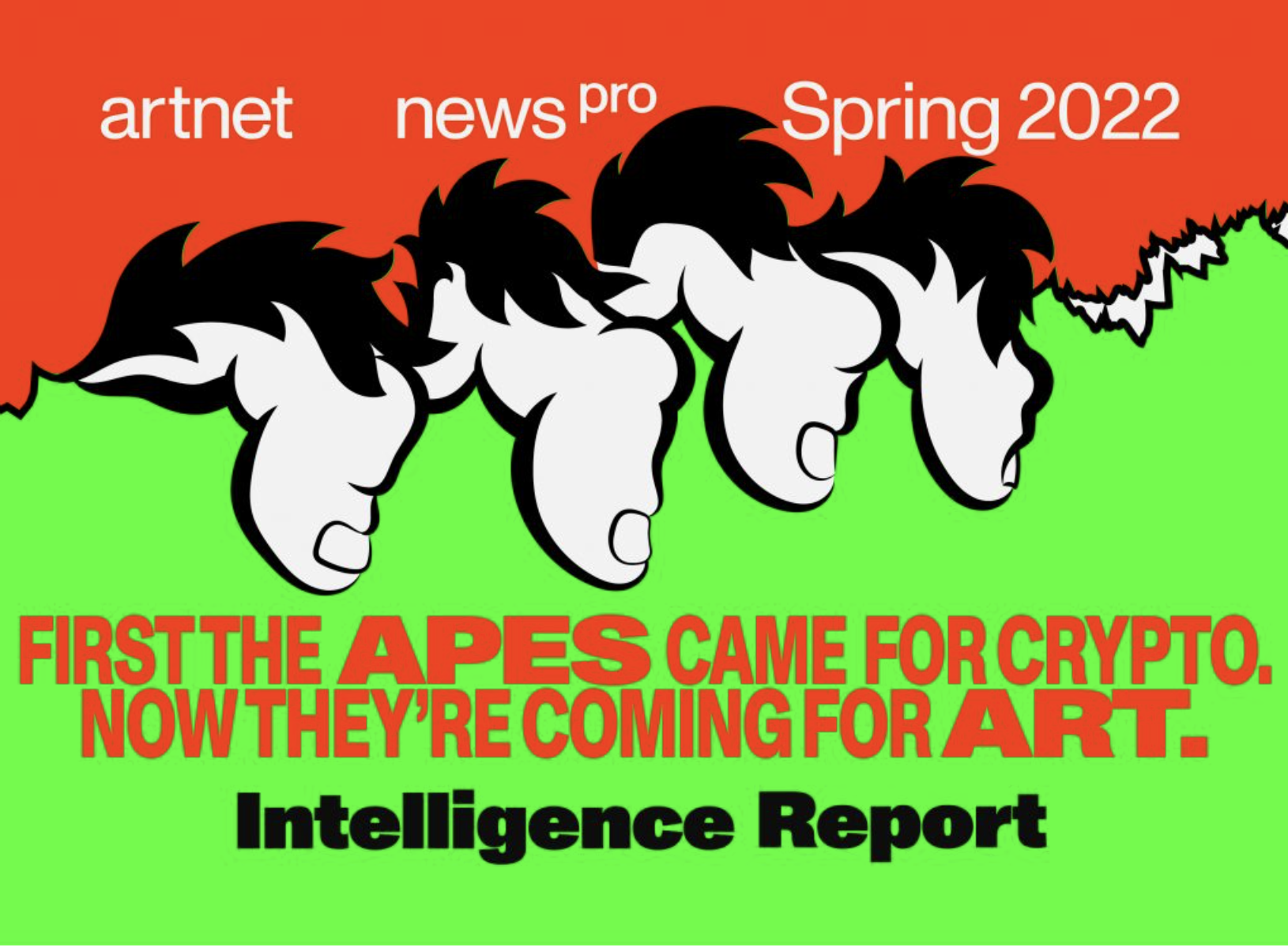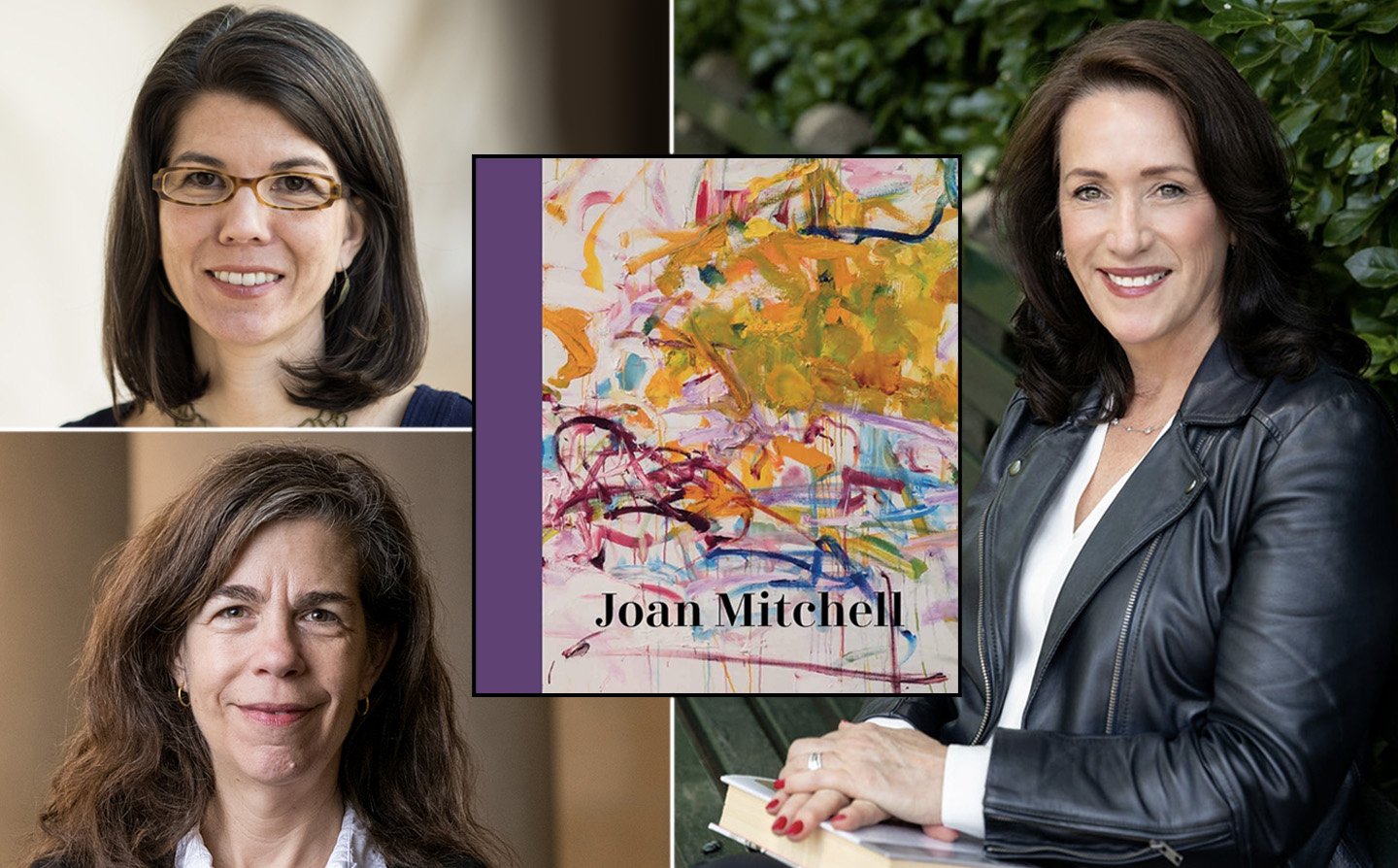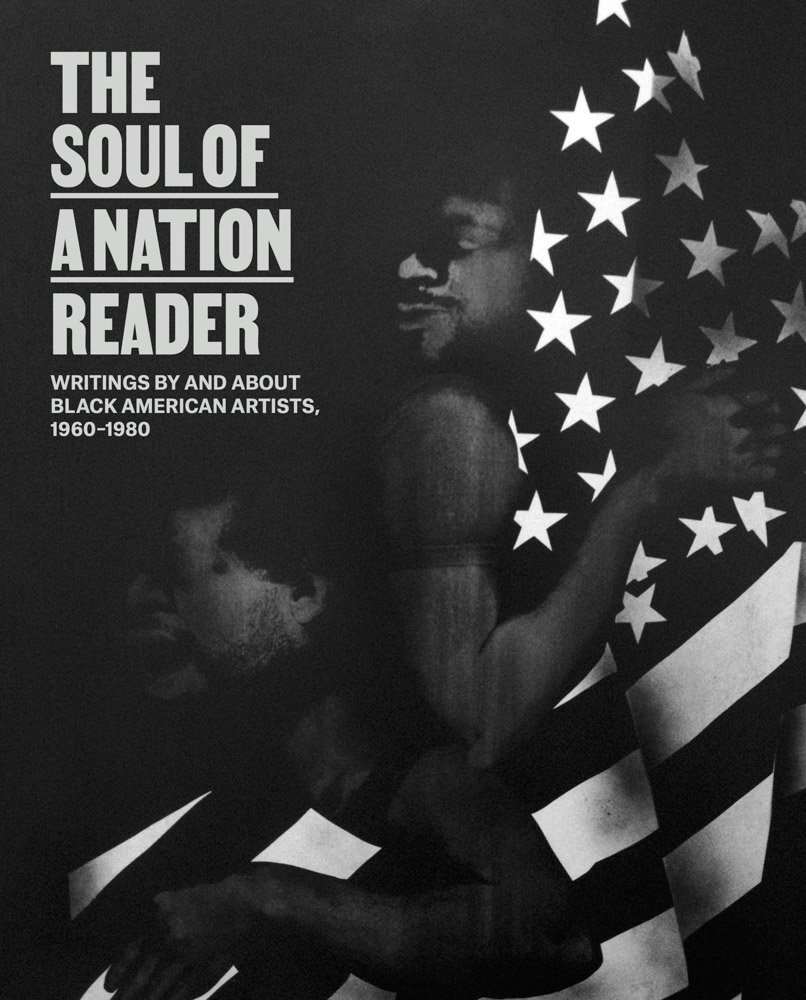Welcome to Season Two of Reading the Art World. For our first episode, we are speaking with guest, author and cultural strategist András Szántó, whose latest book Imagining the Future Museum: 21 Dialogues with Architects, was published in January by Hatje Cantz. This is my second interview with András, who spoke with me just last year about his book: The Future of the Museum in Episode 8.
András is a widely published author and editor whose writings have appeared in the New York Times, Artforum, the Art Newspaper, and many international publications. He has directed the National Arts Journalism Program at Columbia University and has overseen the Global Museum Leaders Colloquium at the Metropolitan Museum of Art. Born in Budapest, András now lives in Brooklyn, NY.
Throughout 2020, András conducted a series of conversations with art-museum directors to talk about how museums around the world were evolving. Those conversations, described how museums were adapting to a changing society that required new software, but also new hardware (referring to the physical space) that has led him to his latest book 21 Dialogues with Architects. In this episode, we discuss András’ findings from the interviews he conducted with 21 of the most iconic architects.
“Across the board, whether you talk to a Chinese architect, or a Latin American architect, or a European architect, is this idea of opening up... Really turning the museum from this citadel or this temple on the hill, into something that is woven into the city and which embraces all of the community and all of the civic complexity that is at its front door." — András Szántó
Listen to this podcast on Spotify and Apple.
Order the book here .
Learn more about Reading the Art World here.




















































